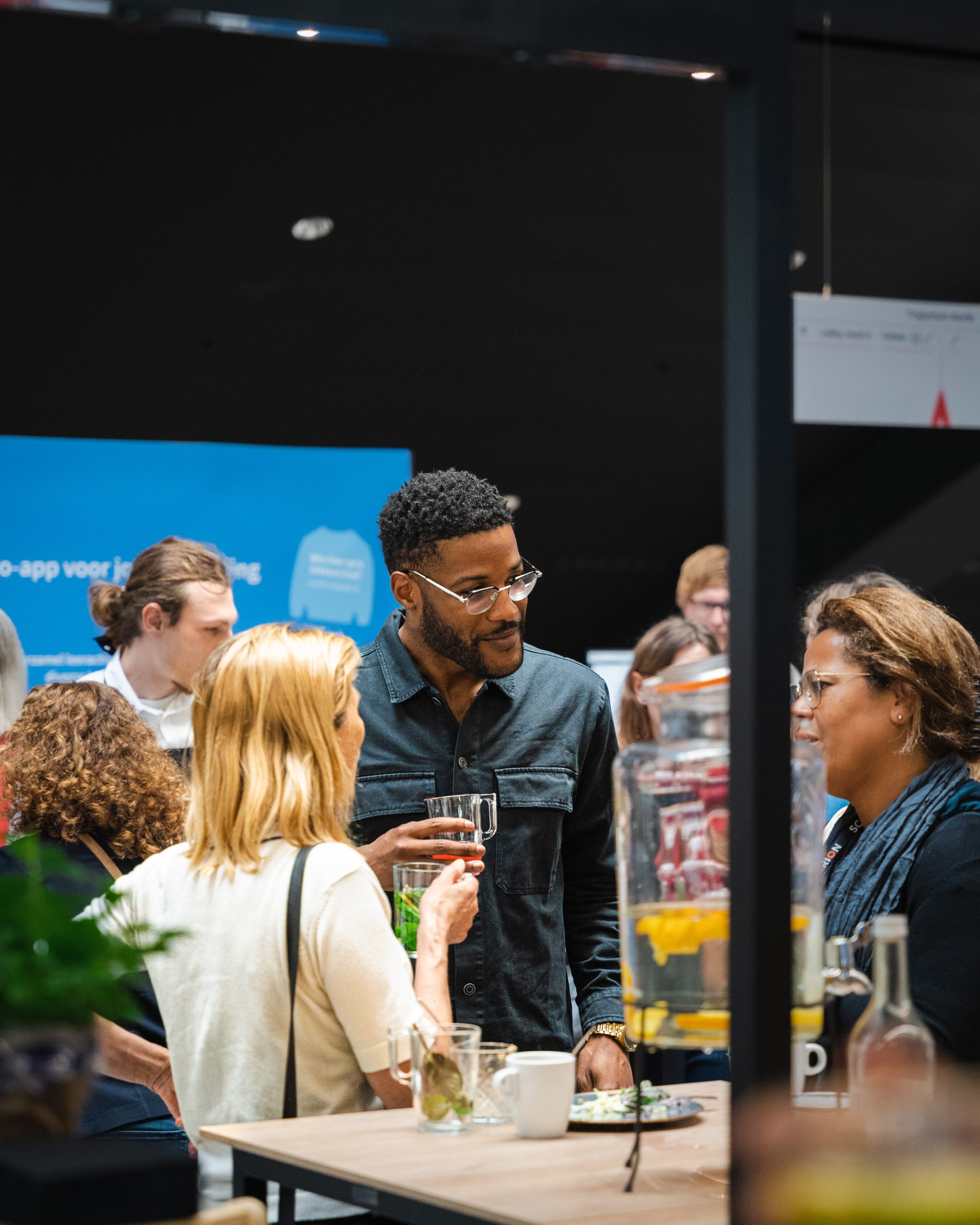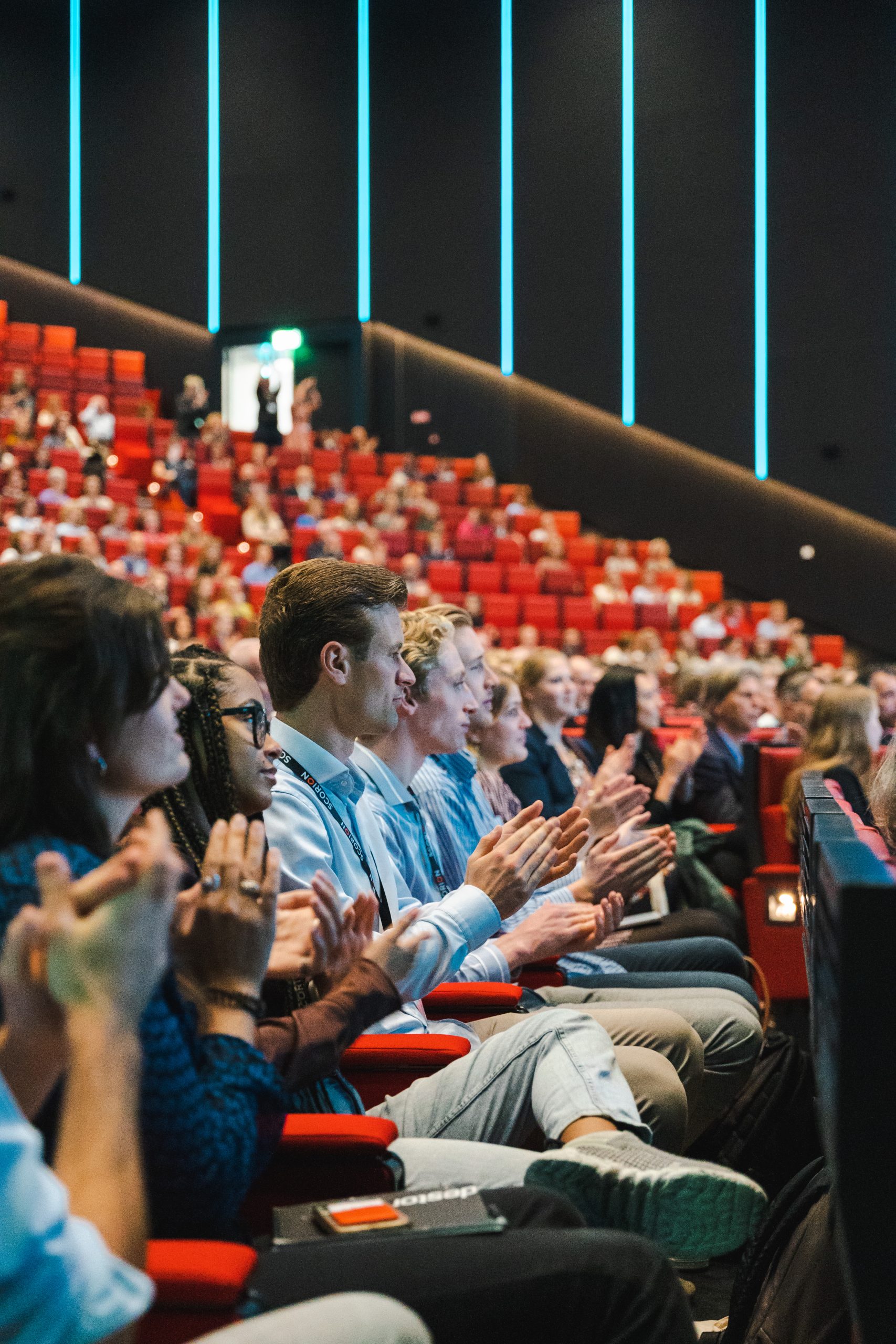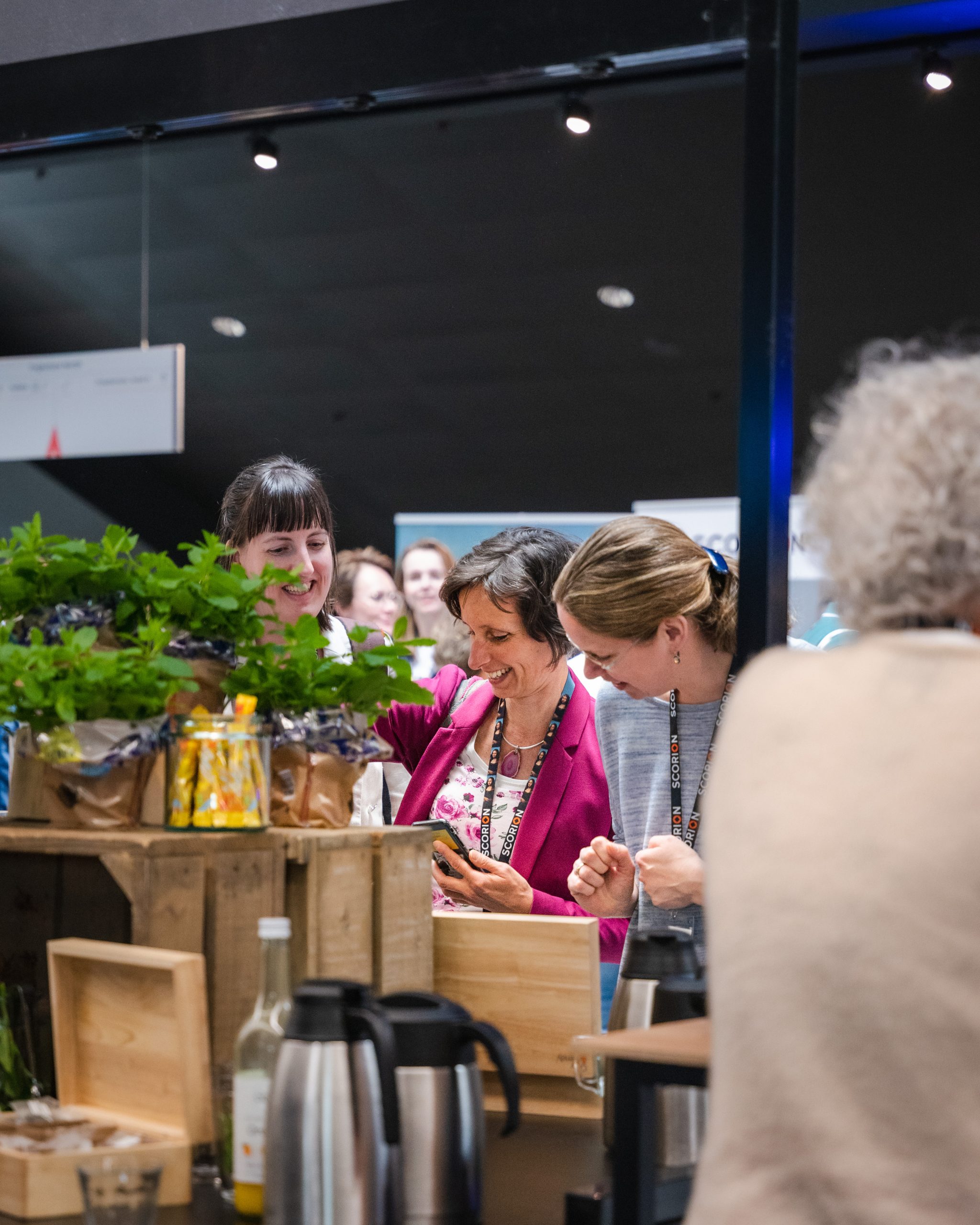The purpose of this study was to explore the effect of actively constructing virtual patient (VP) cases compared with solving VP cases on knowledge gains, skills transfer and time spent on cases. Forty-five fourth-year medical students were randomized to constructing (VP-construction, n = 23) or solving (VP-solving, n = 22) four cardiopulmonary VP cases. Whereas the VP-solving group solved the cases, the VP-construction group only received the final diagnosis and had to complete the history, physical findings, and lab results. After a week, participants completed a transfer test involving two standardized patients representing cardiopulmonary cases. Performances on the transfer test were video-recorded and assessed by two blinded raters using the Reporter, Interpreter, Manager, Educator (RIME) framework. Thirty-nine participants completed the transfer test. The VP-construction group spent significantly more time on the VP cases compared with the VP-solving group, p = 0.002. There were no significant differences in RIME scores between the VP-construction group and VP-solving group, p = 0.54.
In conclusion, engaging novice students in active VP case construction may be more time consuming than solving VP cases, without resulting in superior skills transfer.



